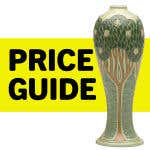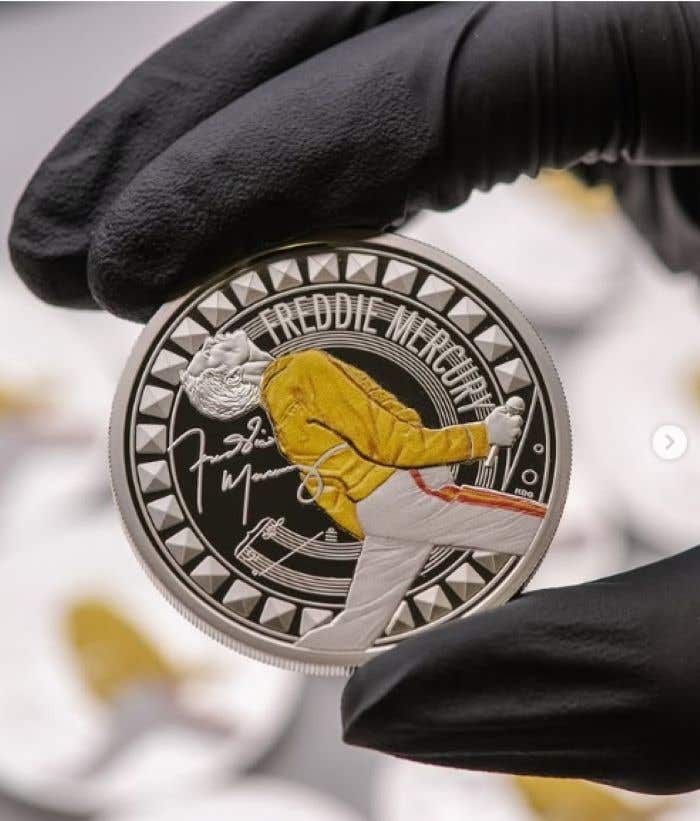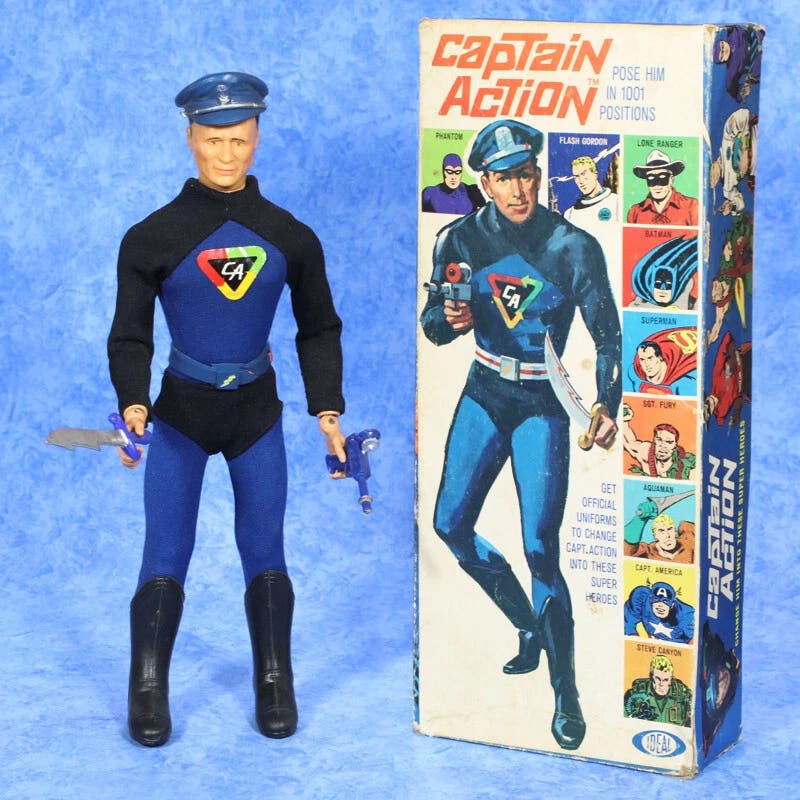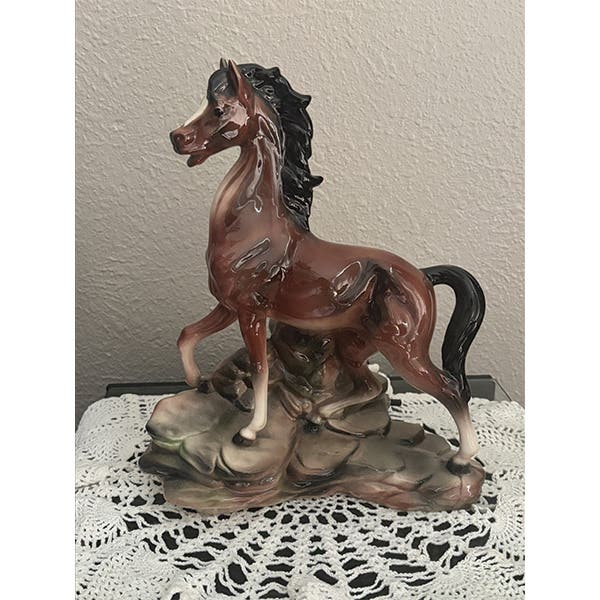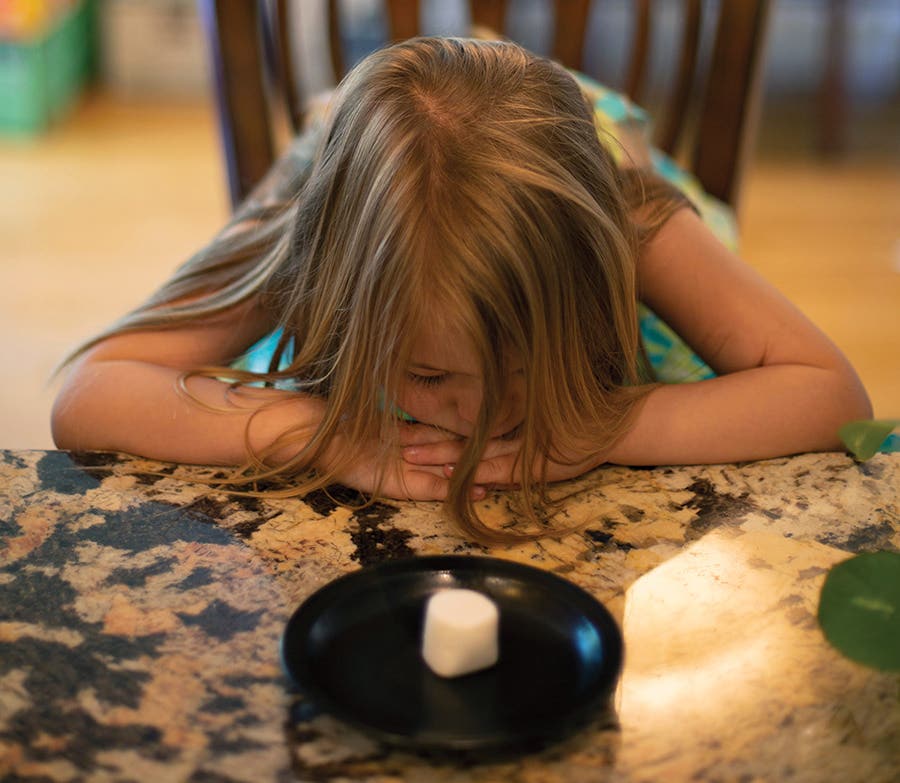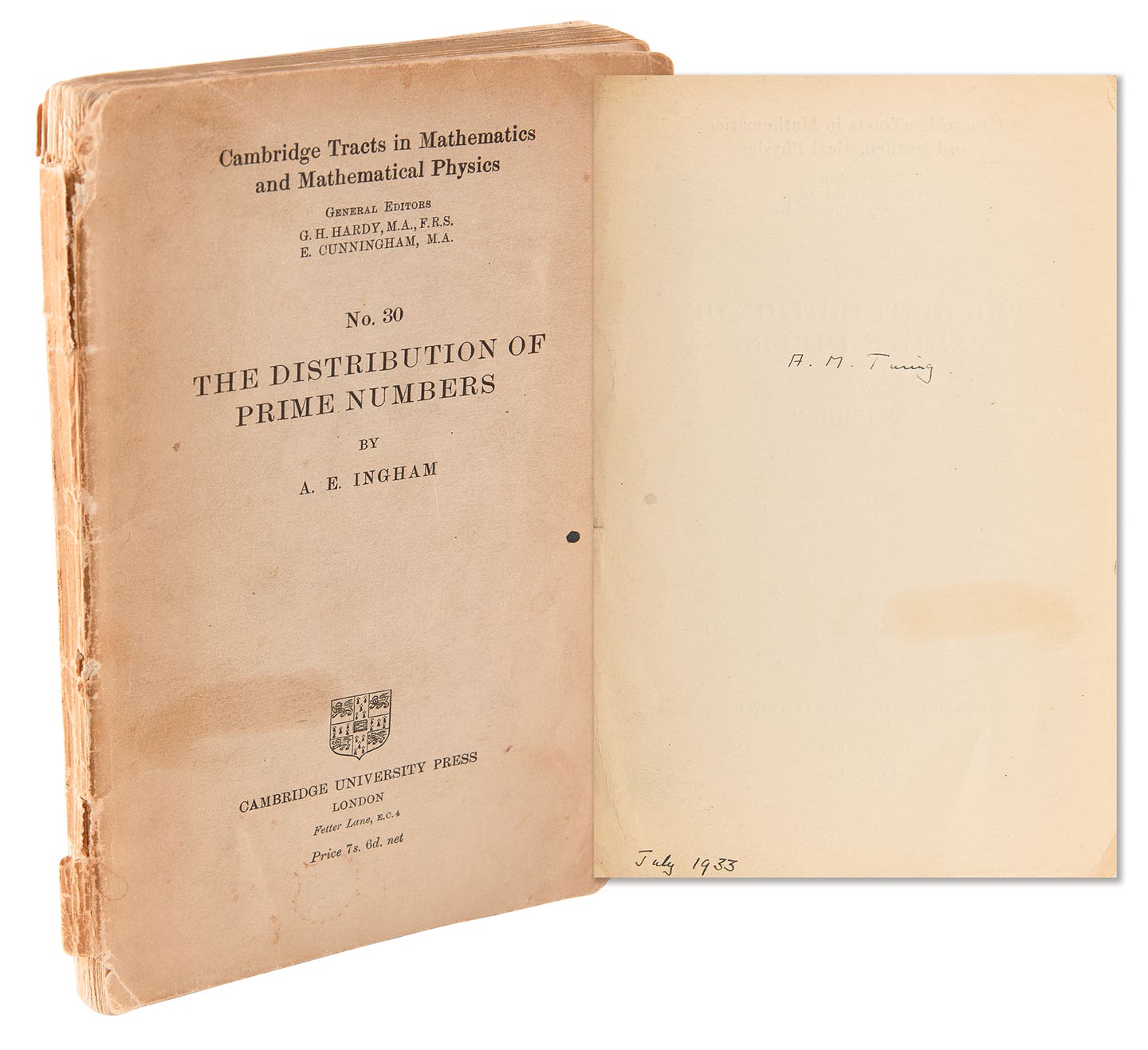Woodstock inspires counterculture collectibles
By Paul Kennedy Michael Stern’s favorite counterculture collectible is a red-white-and-blue pipe about eight inches tall and in the shape of Richard Nixon’s head. It’s an ironic, goofy piece, perfectly…
By Paul Kennedy
Michael Stern’s favorite counterculture collectible is a red-white-and-blue pipe about eight inches tall and in the shape of Richard Nixon’s head. It’s an ironic, goofy piece, perfectly capturing the anti-establishment vibe of the times.
As president, Nixon famously declared a “war on drugs.” To the counterculture movement, such a declaration made the president an inviting target. And while the drug paraphernalia elicited a laugh back in the day, Stern, one of the country’s leading experts on counterculture collectibles, is serious in his praise of the Woodstock era.
“Woodstock and the Woodstock generation contributed to much of the culture that exists today,” says Stern, a 66-year-old financial advisor in Atlanta “It was a period of freedom of expression, enlightening of the mind and a rejection of the strict moral upbringing of many of the youth. Woodstock may be the last time in our history that individuals will be able to express themselves fully without consequences.”
Stern’s collection of 1,200 counterculture items, including a Beatles Yellow Submarine watch worth about $8,000, was featured in “Love for Sale: The Commercialization of the Counterculture” at The Museum of Bethel Woods, a remarkable museum on the site of the original Woodstock concert grounds in Bethel, N.Y.
Wade Lawrence, museum director and senior curator at Bethel Woods, applauds Stern’s collection for its variety of topics, from political memorabilia, including mementos from the Vietnam War, to race relations to the extraordinary music of the era. “I have never come across a better collection of popular culture items,” Lawrence says.
Stern has been collecting for much of his life, beginning with Civil War items and moving onto Hummel figurines. By the time he was about 20, his interest shifted to Disneyana collectibles, only to realize there were no books or guides available on the subject. So Stern filled the void by writing Disney price guides. His collector-turned-author role continued when he started collecting – and eventually writing price guides about – Beatles memorabilia. His status as an acknowledged expert and author, Lawrence says, lends immediate credibility and value to the collection.
The irony of Woodstock is that it and many of its core counterculture values – peace, love, nonconformity and rejection of consumerism – were coopted by Madison Avenue to sell soft drinks, cars, fashion and even lifestyles.
Perhaps the most recognized example of this is Coca-Cola’s groundbreaking 1971 commercial called “Buy the World a Coke.” The commercial featured a multicultural collection of teenagers on top of a hill singing a song of hope and love – all to sell more Coke. Much like the soda it peddled, the commercial became a classic and has been called “one of the best-loved and most influential ads in TV history.”
“The commercialization of the counterculture movement proved that even though it was a period of love, peace and psychedelia, when there was a buck to be made, companies used these themes,” Stern says.
Although Stern didn’t get the chance to experience arguably the most famous concert in history firsthand, he wouldn’t trade what he has in his collection for the opportunity to go back in time to be at Woodstock.
“I have 50 original pictures from Woodstock, many utilized in the fantastic new book, Woodstock 50th Anniversary – Back to Yasgur’s Farm. With my collection and these pictures, I can reflect on Woodstock every day.”
And that, Stern admits, is a groovy thing.
